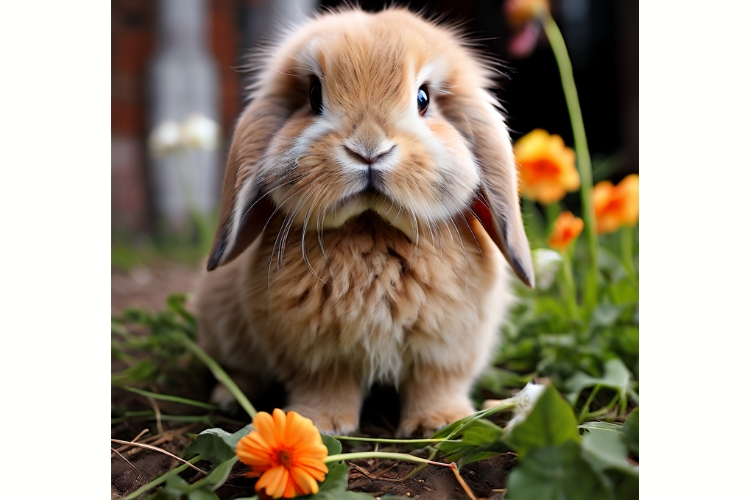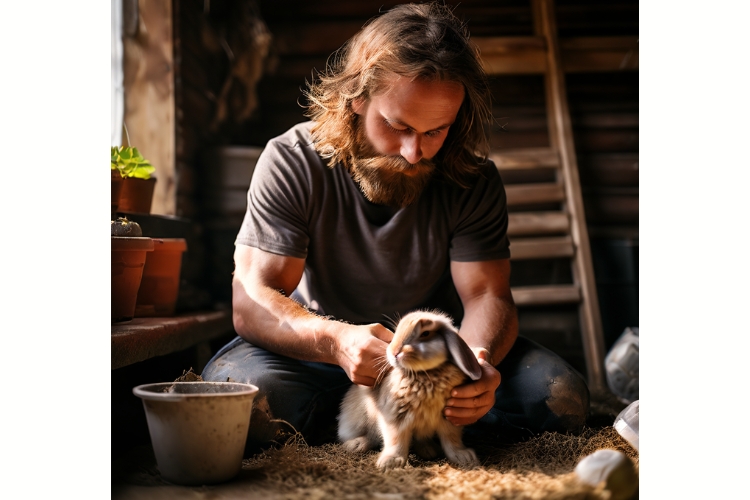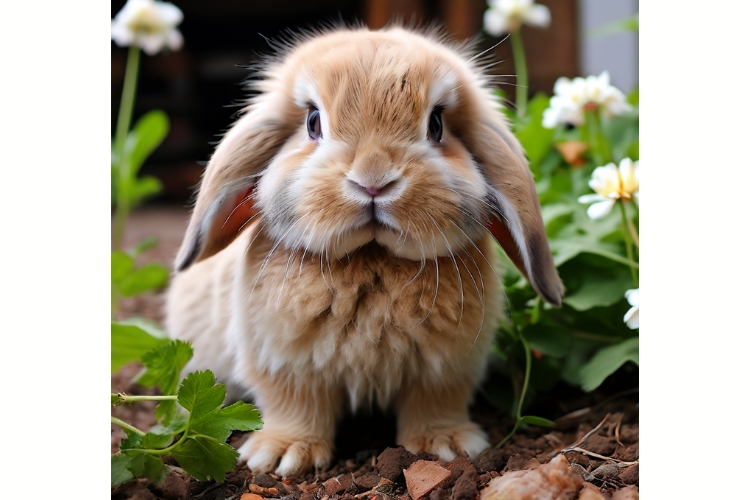The Holland Lop is an adorable, small-sized rabbit breed that can make a wonderful pet for the right family. These little bunnies are known for being playful, affectionate, and intelligent.
However, like any pet, Holland Lops require proper care and training, especially when it comes to litter habits. By following some key best practices, you can litter train your Holland Lop effectively to help avoid messy accidents around your home.
Preparing the Litter Box
An appropriate litter box is the foundation of successful litter training for rabbits. For Holland Lops, corner litter boxes work best as these petite bunnies appreciate having something to lean against while they take care of business.
The box should be filled with paper-based litter made specifically for small animals. Avoid clay, clumping, or scented litters as these can be unhealthy if ingested.
Place a thin layer of litter into the box – too much depth can deter a small rabbit from entering. Also be sure the box itself is low enough for easy entry and exit – high-sided boxes can be intimidating.
Picking the Right Location
Equally as important as the litter box itself is picking an appropriate location to place it. Rabbits tend to be very habitual when it comes to where they like to relieve themselves. Place your Holland Lop’s litter box in the spot where they most frequently go, often in a quiet corner of their main living area.
This location should be semi-private and make them feel secure. Anywhere they currently consider their bathroom area is ideal. Be sure to make the litter box spot convenient and easily accessed as rabbits are less likely to use it if it is difficult to get to.
Encouraging Use with Treats
To reinforce good litter habits in your Holland Lop, provide some positive reinforcement with treats. Whenever you catch them using their litter box on their own, immediately give verbal praise followed by a small treat. Fresh veggies like cilantro or carrot tops make great low-calorie rewards.
You want to incentivize them to associate the box with getting something yummy. Be patient, it may take several weeks of consistent encouragement. Eventually, you’ll be able to phase out food rewards as the habit sticks.
Supplementing with More Boxes
Especially during initial litter training, it can be very helpful to provide more than one box for your Holland Lop. Place additional temporary boxes in other spots where you often find them relieving themselves until they form a consistent habit of using their permanent primary box.
The extra options will cut down on accidents as they learn. Slowly remove the supplementary boxes over time as their favored spot becomes established.
Being Consistent with Cleaning
Cleanliness is imperative for litter box success. Litter boxes should be fully emptied, disinfected, and refilled with fresh litter at least once per week. Scoop out soaked areas and droppings on a daily basis as well. Provide litter box access at all times, and resist moving or removing it whenever possible.
Consistency with location and cleanup is key to cementing good litter habits. An unkempt, difficult-to-access, or frequently moved litter box is unlikely to be used properly.
Continuing the Positive Reinforcement
Even after initial training, be sure to keep up periodic positive reinforcement to maintain your Holland Lop’s litter box habits. Continue providing verbal praise and the occasional small treat when you catch them using the box appropriately.
If you notice them starting to frequently relieve themselves elsewhere, go back to providing supplementary boxes and treats to get them on track again. Consistency and positive association are vital to ongoing litter box success.
Being Patient with Accidents
Despite your best efforts, your Holland Lop may still have an occasional accident, especially in the early stages of training. If you catch them in the act of relieving themselves in an incorrect spot, gently startle them with a firm “no” before placing them directly into their litter box and giving praise.
Do not yell, punish or rub their nose in it, as this will only make them afraid and resistant to the box. Thoroughly clean all accident areas with an enzyme cleaner made specifically for pet messes to remove all odor. Be patient and consistently redirect them, over time they will get it right.
Consider Spaying/Neutering
For rabbits over 6 months old, one additional way to improve litter habits is to have them spayed or neutered. Unaltered rabbits are often driven by hormones to mark more frequently with urine and droppings.
Spaying/neutering helps minimize territorial marking and can reinforce litter box use. Check with your vet to see if altering your Holland Lop could aid with training success.
Trying Different Litters if Needed
If your Holland Lop continues struggling with their litter box no matter what you try, experiment with different natural litters to see if a switch helps. Paper, aspen, citrus, wheat or grass litters are all healthy options.
Test out a few varieties to determine if your bunny has a preference. The right substrate can make all the difference in re-establishing good litter habits.
Seeking Vet Advice
For ongoing litter struggles, consult your rabbit-savvy veterinarian to make sure health issues are not at play. Urinary tract infections or gastrointestinal distress, for example, could lead to inappropriate elimination. Getting a clean bill of health or appropriate treatment can help get undesirable behaviors back under control. Never hesitate to reach out to your vet for additional advice.
Conclusion
While it does take considerable patience and effort, Holland Lops can successfully be litter trained with the right techniques. Provide an accessible, appealing litter box filled with a rabbit-safe substrate. Use positive reinforcement with rewards to encourage habitual use.
Maintain cleanliness, consistency and patience through the process. Supplement with extra boxes then slowly transition back to one primary spot as they demonstrate consistent understanding. Should litter habits backslide, persist with redirecting gently to build the desired association again over time. With the proper best practices, even these tiny bundles can become litter box champs.




